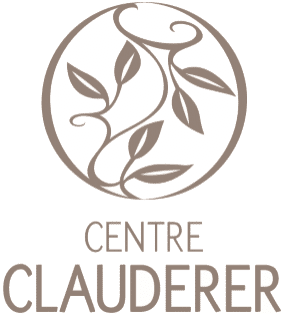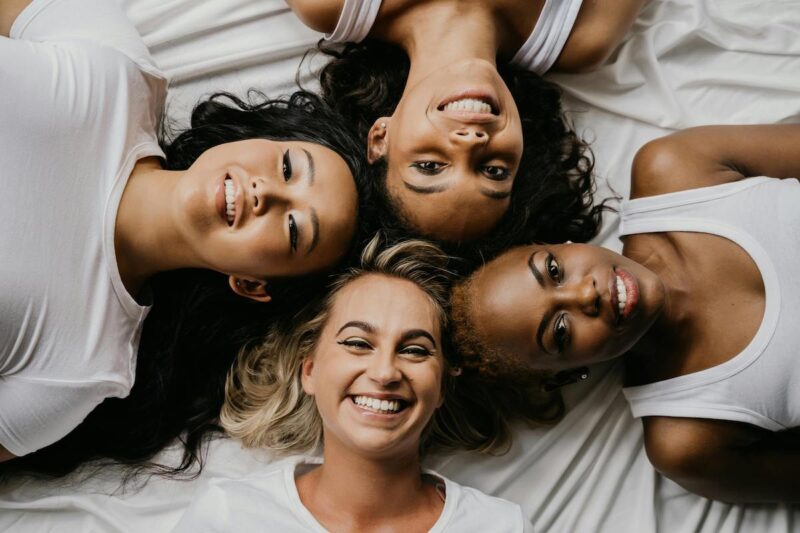Healthy hair is strong, supple and shiny. Like all living organisms, hair needs a sufficient supply of vitamins, minerals and trace elements to stay in top condition.
It is the blood flow that provides the hair follicle with the resources it needs to generate healthy hair, thanks to a very large network of blood vessels located just under the scalp.
Food for thought: It's easy to see why scalp massages are so important in softening the epidermis and encouraging micro-circulation in this strategic area for hair growth.
Iron is one of the trace elements essential for healthy hair growth.
You feel chronic fatigue, your hair becomes brittle, hair is rough, has difficulty growing and becomes dull and lifeless. What if this is a symptom of iron imbalance?
Clauderer's specialists take stock of this trace element, which is vital for maintaining beautiful hair and whose deficiency or excess could well be responsible for previously unexplained hair loss.
Iron, the unknown
Iron is essential for nutrition and for transporting oxygen to cells via red blood cells. Hair has a vital need for iron, as does the whole body, since it contributes in particular to cell regeneration and protection of the immune system.
Iron is a trace element, meaning that it is present in the body but the body does not manufacture it. In other words, if you lose too much of it (heavy periods, haemorrhaging, PCOS, etc.), you need to take something in from outside.
The daily iron requirements for adults are :
- of approximately 1 mg in men;
- about 2 mg in women between puberty and the menopause, due to menstruation.
A normal diet provides around 10 to 15 mg of iron per day, but only 5 to 10 % are absorbed by the body.
Iron deficiency
Heavy menstrual periods, a deficient diet, hereditary diseases (such as sickle cell anaemia, which mainly affects Afro-Caribbean populations), heavy bleeding following certain surgical procedures, etc., all lead to increased consumption of iron in the body and, without outside help, so-called iron deficiency anaemia sets in.
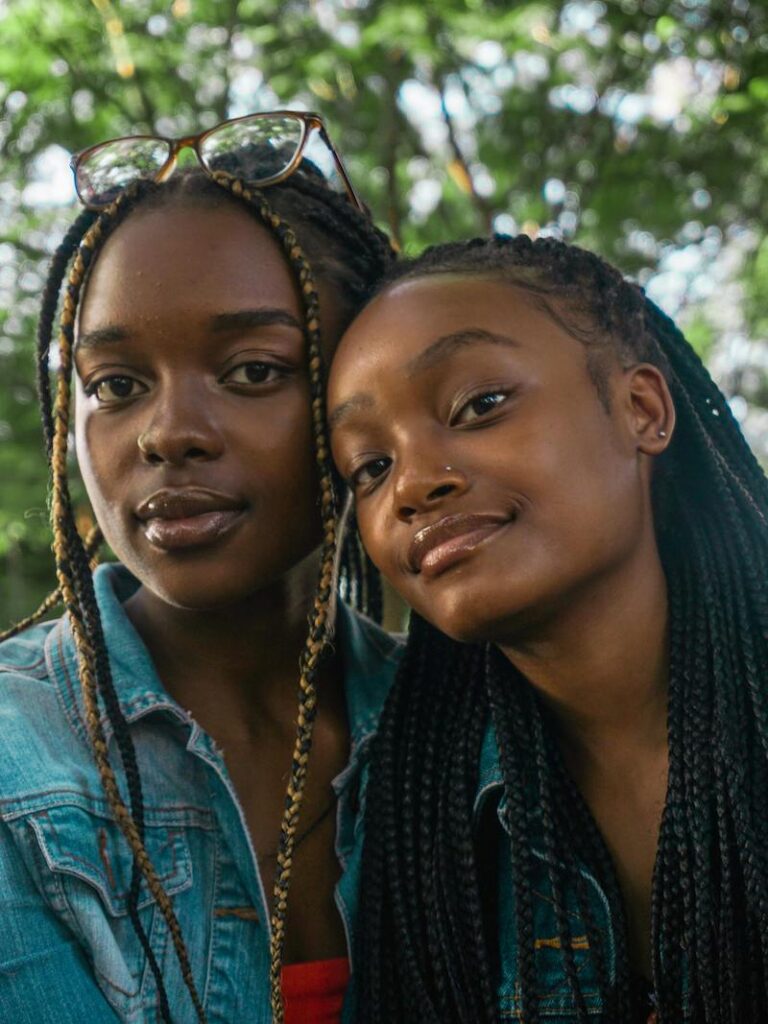
Sickle cell anaemia, a genetic disease that is widespread among the Afro-Caribbean population
Generally, a simple blood test will confirm the diagnosis. The most important indicator is the level of ferritin, the protein that stores iron. Its level depends on a number of factors, and requirements vary according to sex and age.
Iron deficiency What are the solutions?
In most cases, a balanced diet and supplements (targeted food supplements for hair) will be enough to reduce the iron deficit. In the event of severe and prolonged anaemia, your doctor may prescribe injections. Restoring normal iron levels can take time, sometimes several months, during which careful monitoring and supplementation will be essential if the body is to replenish its reserves.
To reduce iron deficiency - and regain energy and beautiful hair! - you need to adopt a healthy and, above all, varied diet.
Iron-rich foods: if you're a carnivore, red meat and offal such as liver or black pudding provide an excellent source of iron. Shellfish are also an excellent source of iron. Haem iron (from animals) is better absorbed and bound by the body than non-haem iron (from plants, eggs and dairy products). So if you eat little or no animal protein, be careful about the nutritional balance you need to maintain an adequate iron intake. Think legumes, fresh fruit and vegetables and cereals. Spirulina, sesame oil and multi-vitamin food supplements may also be necessary.
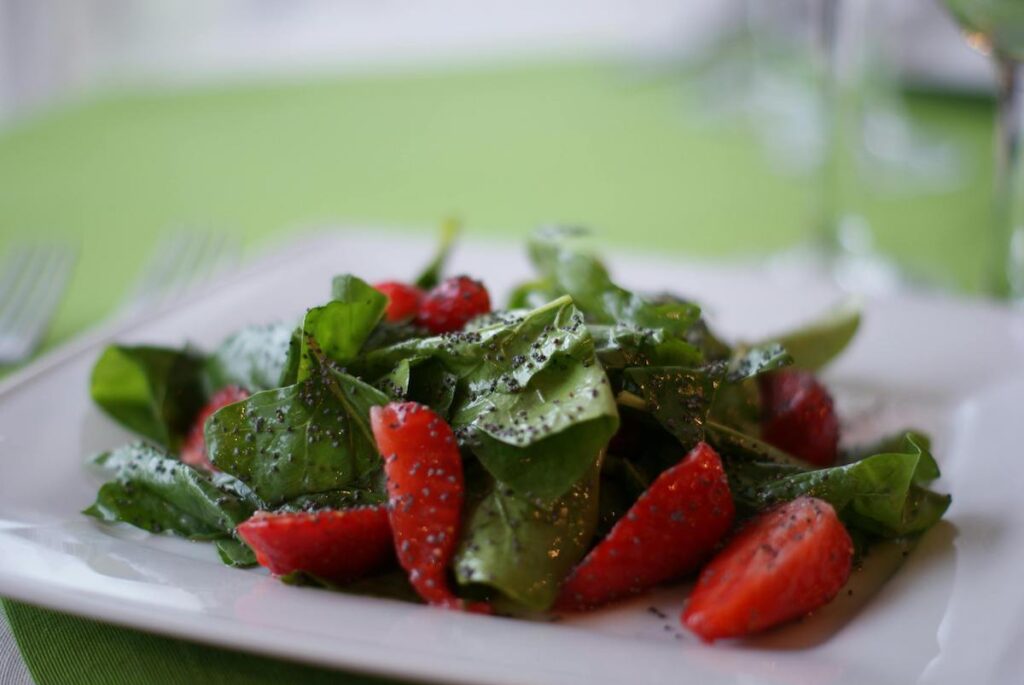
Favour shellfish, fresh fruit and vegetables in the event of iron deficiency
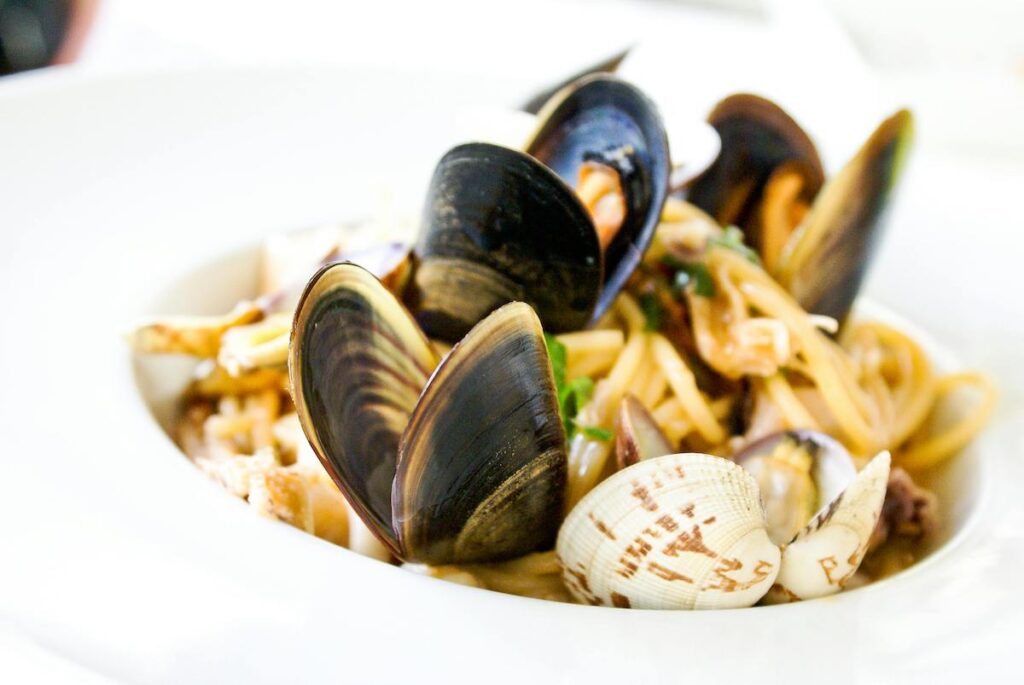
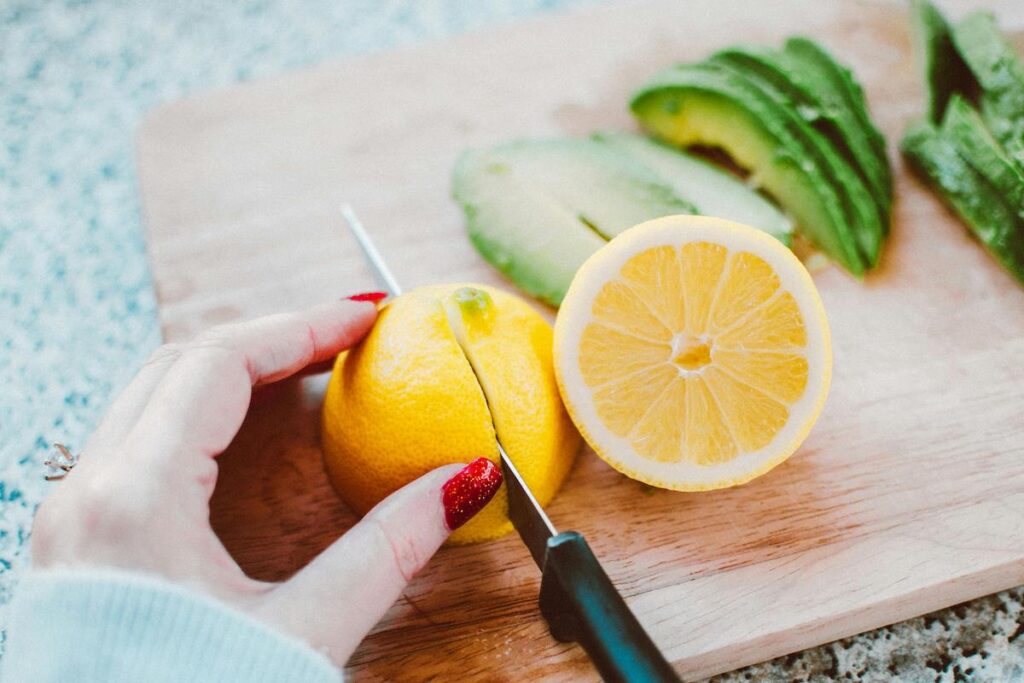
Good to know: :
- avoid drinking tea or coffee because the tannins contained in these drinks prevent the absorption of iron, particularly non-haem iron
- consume as much vitamin C as possible in the form of fresh fruit or vegetables or natural fruit juices (add lemon juice to your dishes, for example) to optimise iron absorption.
Excess iron
Its impact on hair has long been underestimated or misjudged. Excess iron, or haemochromatosis, (a hereditary disease), is not to be taken lightly. Not only is it far from a benign disease (around 2,000 to 2,500 people die from it every year in France), but its symptoms can resemble other diseases, of varying degrees of severity. Depending on the organ affected by this accumulation of iron, different symptoms will appear. These include hair loss when the excess iron is found in the skin. In addition to a deterioration of the hair system as a whole (hair and body hair), feeling constantly tired is one of the symptoms linked to an accumulation of iron in the body. When this excess affects other areas, the following symptoms can be observed: joint pain, flaky skin, a duller, darker complexion, disruption of insulin production (diabetes), etc. Ultimately, these complications can lead to liver cancer, elevated diabetes and heart complications.
However, before panicking, if any of these symptoms appear, a blood test will enable the diagnosis to be made and corrective measures to be taken quickly. Women and men are no more equal when it comes to this disease than in others: men are affected at a younger age - 35/40 - than women, who remain protected, as it were, until the menopause.
In the event of excess iron, what is the solution? Venipuncture or intravenous medical treatment are the chosen solutions for treating excess iron in the blood.
How can I keep my hair looking good despite an iron imbalance?
Until iron levels return to normal - which can take months - hair will continue to suffer.
We can effectively combat capillary degradation with localised treatments:
- serums rich in essential oils (rosemary) and vitamins (B vitamins) that target the hair follicle and promote stronger hair growth by activating cell renewal - this is the case with serum N°6R by Clauderer.
- hair care products for hair lengths: revitalising creams, shine-enhancing shampoos, restructuring balms. Treat your hair gently and choose natural products rich in vitamins (vitamin E, B vitamins) and vegetable oils such as castor, jojoba or shea.
It is possible to protect your hair despite an iron deficiency or excess. You can take care of your hair by following the right hair care routine, using dedicated products, but also by nourishing your hair 'from the inside' by choosing a healthy, varied diet, with nutrient-rich, unprocessed products. And the good news is that if you suffer from anaemia, (dark) chocolate is an excellent antidote!
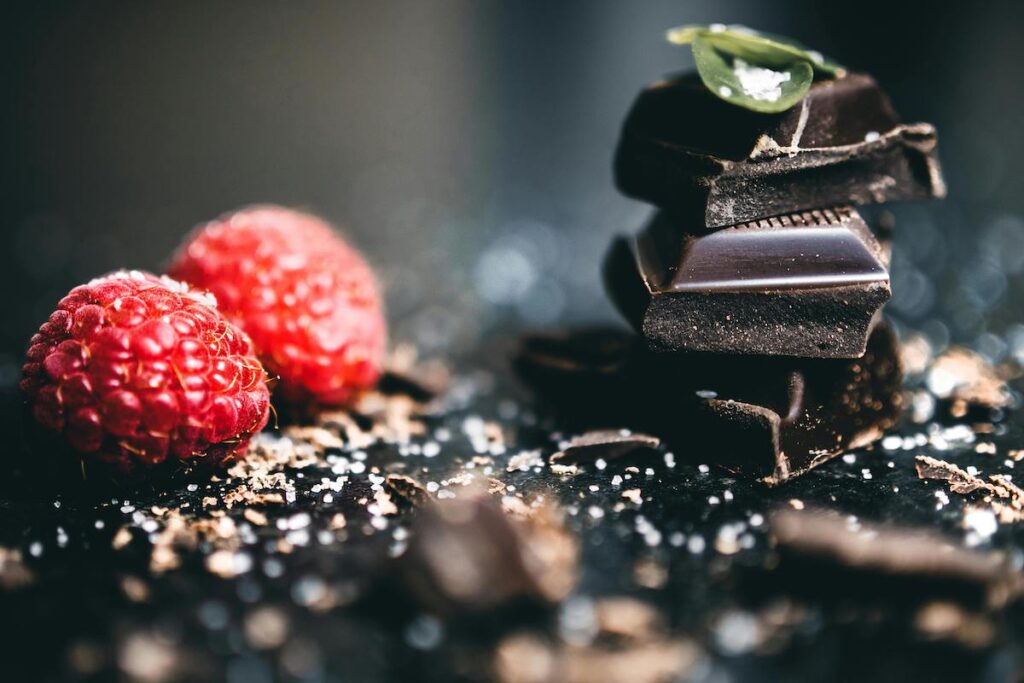
Dark chocolate is good for fighting anaemia!
